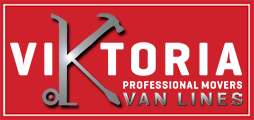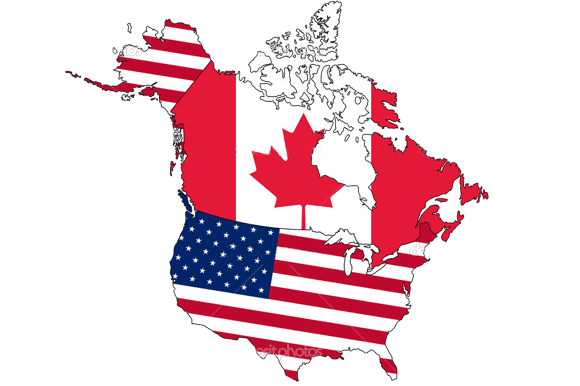
Moving to Western Canada: Great Places for Living
Moving across such a big country like Canada can be a challenging task, as there is so much distance between its different provinces and cities. However, this shouldn’t hold you from considering a big transition such as a cross-country relocation. Canada is a vast country with a seemingly infinite number of beautiful sights and places to visit and reside. This is why it’s incredibly important to scope out your new potential places of residence, and to take in as much of the area as possible while you are visiting it.
In this blog post, we’ll talk about some of the best places to visit and live in Western Canada, and hopefully after visiting those places, you will feel more comfortable to make a decision that could change your life for the better.
- Vancouver – As one of the most populous cities in Western Canada, Vancouver is a must-see when visiting British Columbia. The city is linguistically and ethnically diverse, and is one of the few cities in North America which has direct access to both the mountains and the ocean. Vancouver’s unique location and mild climate means that there is a host of activities that anyone can get involved with, no matter what time of year it is.
- Whistler – As one of the best ski resorts in the world and a host of the 2010 Winter Olympic games, Whistler is a fantastic place for staying with family. Not only does it offer far more than skiing and snowboarding in the winter, there is a plenty of activities to get involved in during the summer months, from swimming in lakes to world class mountain biking and ziplining through the forest. If you are spending some time or living in BC, Whistler is the “perfect getaway” place.
- Calgary – Calgary is a city in the province of Alberta. It is situated at the confluence of the Bow River and the Elbow River in the south of the province, in an area of foothills and prairie, about 80 km (50 mi) east of the front ranges of the Canadian Rockies. Calgary is a city where you can explore the magic of the Canadian Rockies by day and be back in time for dinner. Calgary’s cultural scene is rich in its spectrum of arts and performing arts and city is proud of its ever-evolving culinary scene.
- Edmonton – Edmonton is the capital of Alberta, and it’s located on the North Saskatchewan River and is the centre of the Edmonton Capital Region, which is surrounded by Alberta’s central region. Alberta’s capital city is always celebrating something, from arts and culture to food and wine, dragon boats, winter and even accordions. There’s more than 60 festivals to choose from, year round.
Those are just a few of the fantastic cities to be considered for relocation in Western Canada, but there are many more other attractions to discover in that great region, including Banff, Kelowna, Penticton, Kootenays etc. You are welcome to check Viktoria Movers Vancouver and Viktoria Movers Calgary Blogs for more tips on moving to Western Canada.
About Viktoria Van Lines Toronto
Viktoria Van Lines Toronto is a professional Toronto moving and storage company, providing high quality local and long distance moving services throughout the GTA, Southern Ontario and across Canada. Thanks to our country-wide network we are also able to service our clients’ long distance moving needs throughout Canada.
Call Viktoria Van Lines Toronto (647) 344-1554 or Toll Free: 1 ( 877) 399-1315 for a FREE Consultation in regards to your residential or commercial / office moving needs to and from Toronto, the GTA and across Canada.


